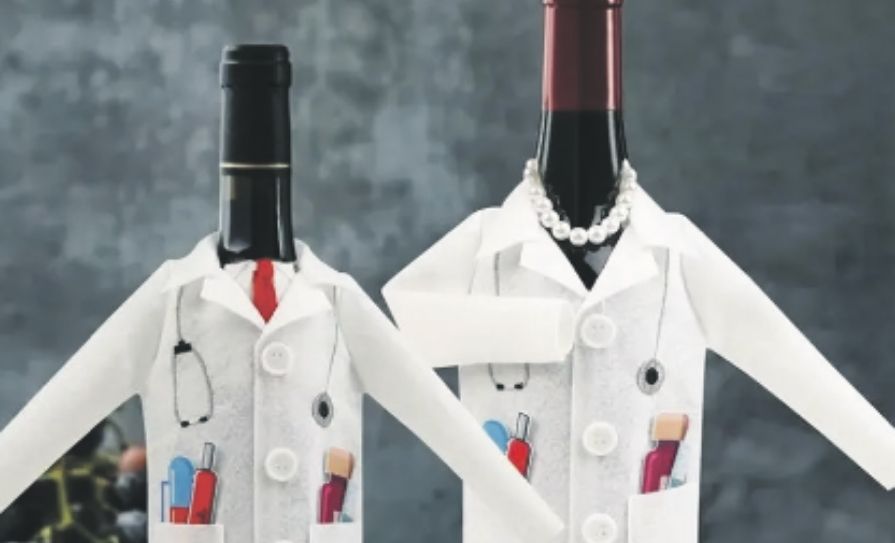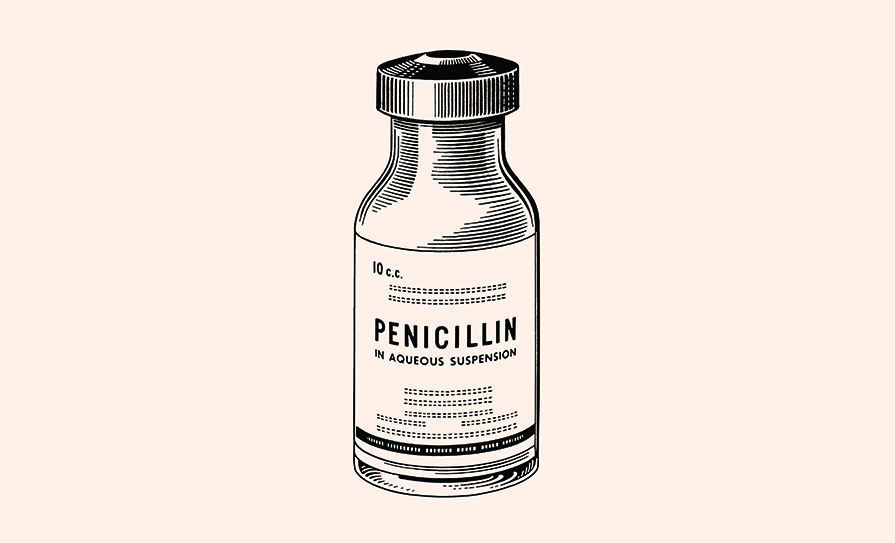<h3 class=”p1″><span class=”s1″><strong>Heads down for fun, exercise and danger</strong></span></h3> <p class=”p2″><span class=”s1″>Y</span>ou would need to be a pretty withdrawn soul to have escaped the Pokémon Go phenomenon over the past few weeks. Even if you are not a fan of smartphone apps or technology in general, chances are that someone in your family has this app. But for those of you who have been living in the proverbial cave, a brief explanation is warranted and may shed some light on the increase in bruises and twisted ankles you are likely to see as a result of this innovation.
<p class=”p4″><span class=”s1″>Pokémon Go is the top-grossing iPhone app that taps into a phone’s camera and GPS system. Pokémon — small cartoon creatures — appear on the phone and the objective is to ‘catch’ and ‘train’ them, but players must physically move around, looking for ‘Pokéstops’ placed there by the manufacturers. </span>
<p class=”p4″><span class=”s1″>The app has been lauded for the potential benefits it can have on physical activity levels, as well as the potential for cognitive improvement.</span>
<p class=”p4″><span class=”s1″>In their quest for ‘Pokéballs’, in which the Pokémon can be captured, and ‘Poké-eggs’, users young and old are walking for miles as they progress in the game. It’s estimated that up to 21 million people are playing this game so it may play a significant role in the struggle against overweight and obesity, especially in young people. In some cases, players are incentivised to walk anything up to 10 kilometres to catch a Pokémon. It’s being suggested that the reward centre of the brain adds to the incentive.</span>
<p class=”p4″><span class=”s1″>In addition, the strategy and planning elements of the game seem to enhance cognitive development and even help alleviate the effects of depression. While it may seem like a solitary pastime, players often meet accidentally at Pokéstops, fostering a sense of community and social interaction.</span>
<p class=”p4″><span class=”s1″>There have also been encouraging reports that the app helps those with autism to socialise, verbalise and participate in pragmatic speech.</span>
<p class=”p4″><span class=”s1″>However, the app can also be hazardous to those who don’t keep their wits about them. There have been reports of car accidents due to people using the game, although only the spectacularly bone-headed would attempt to use it while driving. </span>
<p class=”p4″><span class=”s1″>However, people have also been robbed while using it, as their attention is so focused on their screens, and two men even fell off an ocean bluff while ‘hunting’.</span>
<p class=”p4″><span class=”s1″>On other occasions, users have been led into strip clubs and cemeteries while looking for Pokémon. Police in Darwin, Australia, have even had to issue a warning discouraging people from wandering into police stations in their quest for the creatures.</span>
<p class=”p4″><span class=”s1″>The Israel Medical Association and Turkish government, among others, have also issued warnings about sun exposure if the game is used in peak daylight hours.</span>
<p class=”p4″><span class=”s1″>But overall, if used properly, the game has potential public health benefits and could improve familial and social interaction. If you have a family member with the app, why not take a stroll around the block some sunny summer evening and see what you can ‘catch’. </span>
<h3 class=”p1″><span class=”s1″><strong>Booze and blues</strong></span></h3> <p class=”p2″>If you’ve ever suspected that an alcoholic beverage seems to taste better while listening to music, the folks at the Vrije Universiteit Brussel and KU Leuven, Belgium, have come up with a study in an effort to scientifically prove it. But they have also shown that the packaging of a drink can have an impact on our perception of taste.
<p class=”p2″>Some 231 participants tasted beers in three different conditions — one drank beer without a label and with no music; another tasted the beer while viewing the label; and the third drank their beer with a label and while listening to music.
<p class=”p2″>The full study is published in <em>Frontiers of Psychology</em> if you want the details, but as you might expect, those presented with the label and song reported both greater enjoyment than those presented with the beer and label alone.
<p class=”p2″>Lead author Dr Felipe Reinoso Cavalho explained: “We have shown that people that previously knew the song that was used in the experiment, not only liked the multisensory experience of drinking beer more while listening to it, but they also liked the beer itself more. It seems that the added pleasure that the song brought into the experience was transferred into the beer’s flavour.
<p class=”p2″>“We want to keep assessing how sounds can modulate perceived flavor attributes of food and beverages, such as bitterness, sweetness, sourness and creaminess.
<p class=”p2″>“We also want to understand how sounds can influence our decision-making process, in order to see if different sounds could, for example, lead people towards healthier food choices.”
<p class=”p2″>Marketing firms will no doubt be keeping an eye on this line of research.
<p class=”p2″>Musical beer bottles, anyone?
<h3 class=”p1″><span class=”s1″><strong>A bitter pill</strong></span></h3> <p class=”p2″>Thanks to the reader who sent me this quote from comedian Ardal O’Hanlon on the topic of getting prescription medicine in Ireland.
<p class=”p2″>“Now, where I come from, when you get a prescription for antibiotics, you don’t say, ‘Will it work? Will there be any side-effects?’
<p class=”p2″>No, it’s ‘Will I be able to drink with these?’”
<p class=”p2″>He’s right there, Ted.












Leave a Reply
You must be logged in to post a comment.